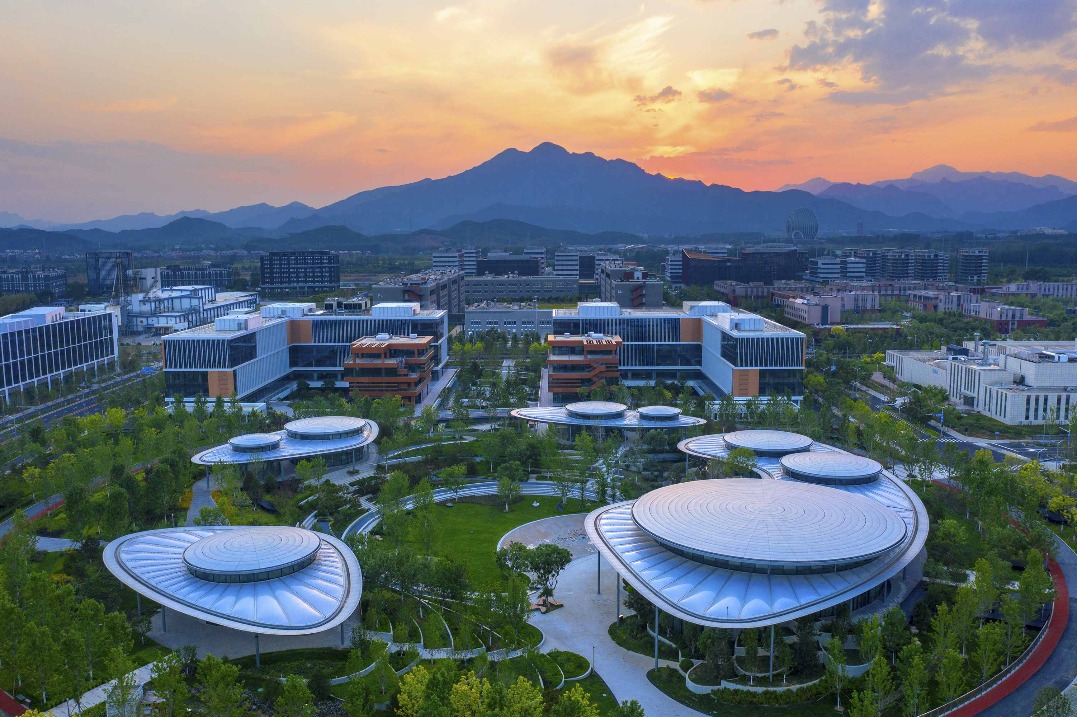A solar storm on the Sun created beautiful aurorae over many parts of the Earth on May 10. These storms are more frequent as the Sun nears the peak of its solar cycle, which is an 11-year period during which the Sun’s magnetic field flips direction. The positions at which sunspots appear on the Sun differ depending on which phase of the solar cycle it is in, a phenomenon named after German astronomer Gustav Spörer.
As the Sun approaches the peak of a solar cycle, its surface develops more and more sunspots. From Earth, these sunspots look like small patches darker than their surroundings because they have more intense magnetic fields, making them cooler than other areas. The name of the process that produces the Sun’s magnetic field is called the solar dynamo. Scientists believe that this process converts kinetic energy from differential rotation in the star’s interiors and movement of heat into electromagnetic energy, although there is no full understanding of how it works yet.
In around seven decades, the Sun produces roughly 50,000 sunspots. Between 1645 and 1715, when there was an unusually low number of sunspots, this period is known as Maunder Minimum. Despite this anomaly, scientists still have not been able to determine what caused it completely.
In addition to producing auroras, solar storms can also affect technology by causing disruptions in communication systems and electrical grids around the world. To prevent such disruptions from occurring again in future solar storms


